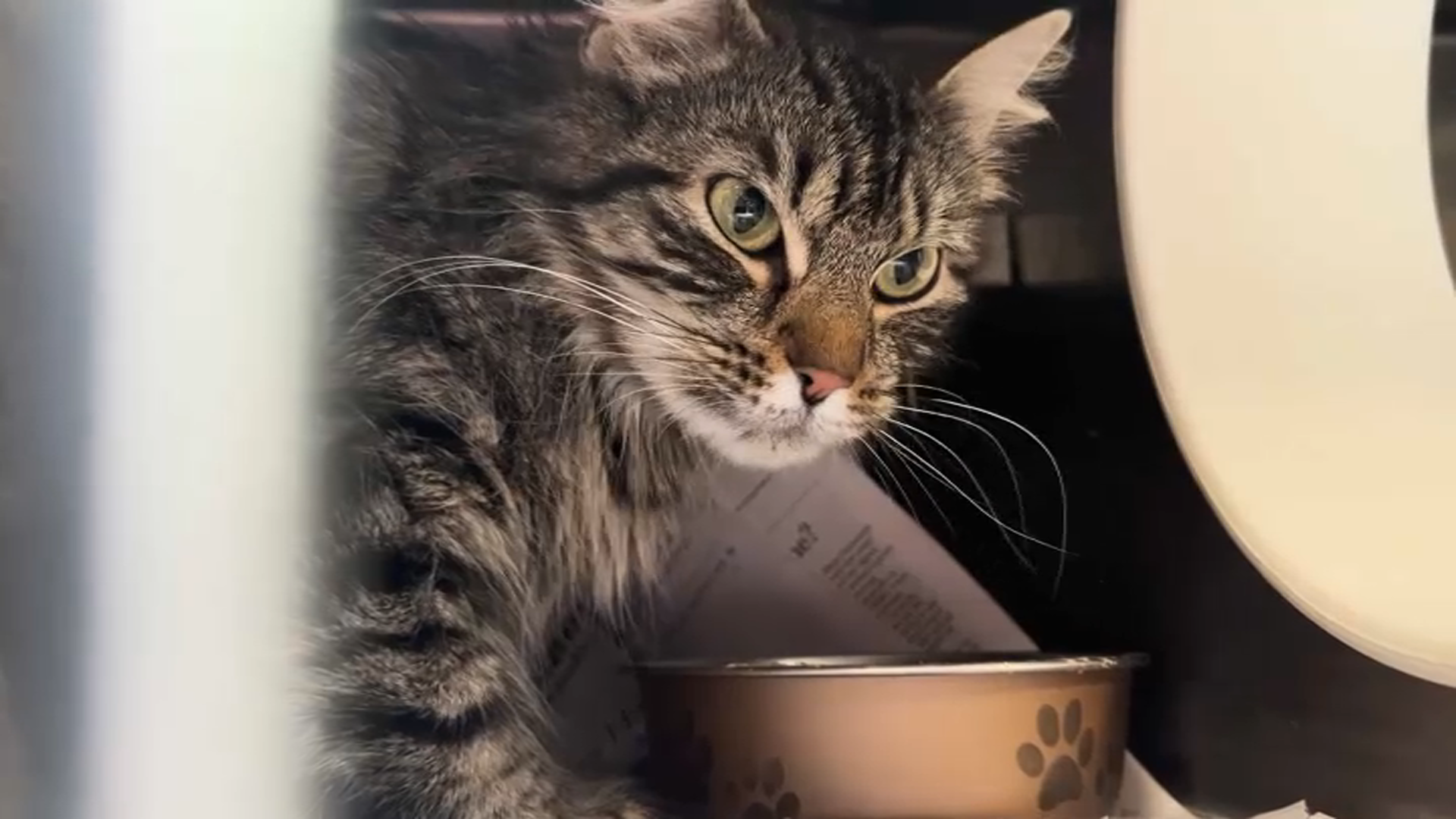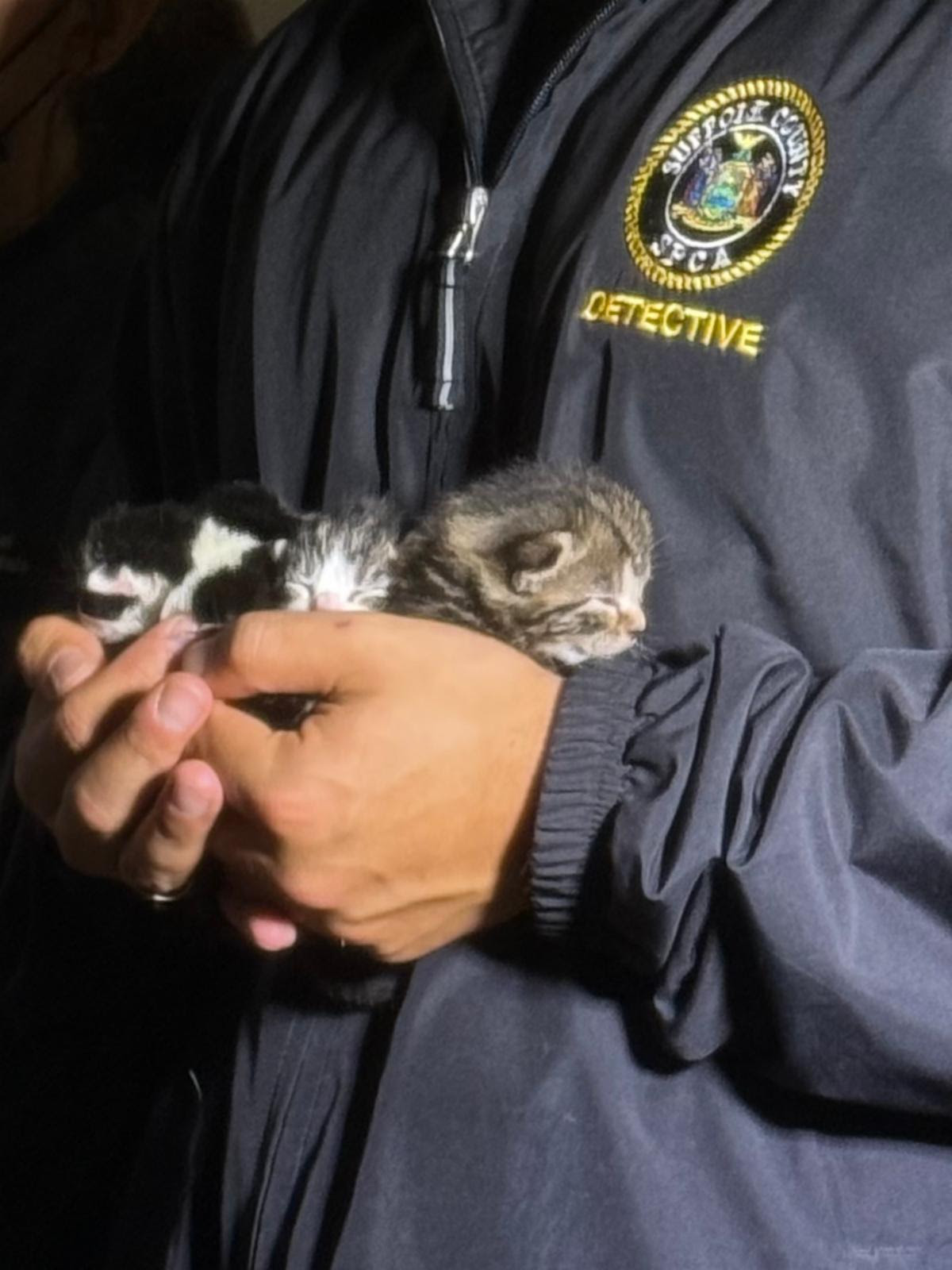Nassau Coliseum's Future Uncertain After Casino Bid Fails
Nassau Coliseum's Uncertain Future: Sands Casino Bid Collapses
Introduction: A Gamble Lost, A Future in Question
The Nassau Coliseum, a Long Island landmark that has hosted countless concerts, sporting events, and memories, finds itself at a crossroads. Las Vegas Sands' decision to withdraw its bid for a casino at the site has thrown its future into doubt. Imagine a ship without a sail; that's where the Coliseum currently sits, adrift in a sea of possibilities, some promising, others less so. The big question now is: What happens next?
The Sands' Exit: A Surprise Twist?
While whispers of potential adjustments to the Sands' approach had circulated for weeks, the official announcement of their withdrawal still sent ripples through Nassau County. Sands, a major player in the global gaming industry, was seen as a frontrunner in the race for one of the coveted downstate New York casino licenses. Their departure leaves a significant void in the Coliseum's redevelopment plans.
County Executive Blakeman's Perspective
Nassau County Executive Bruce Blakeman, a staunch advocate for the casino plan, acknowledged that Sands had hinted at a need to "adjust its approach" some two months prior. But was this a polite way of saying the deal was doomed? Only time will tell. Blakeman's vision for the Coliseum hinged largely on the economic boost a casino could provide, so this setback undoubtedly presents a challenge.
The Economic Implications: More Than Just Games
A casino at the Nassau Coliseum wasn't just about gambling; it was about jobs, tax revenue, and revitalizing a struggling area. Think of it as a domino effect: a successful casino could have spurred the development of restaurants, hotels, and other businesses, creating a vibrant entertainment hub. The absence of Sands now forces a re-evaluation of those projected economic benefits.
What Went Wrong? Analyzing the Sands' Decision
Local Opposition: A Key Factor?
One potential factor contributing to Sands' decision was the significant local opposition to the casino proposal. Many residents expressed concerns about increased traffic, crime, and the potential negative social impacts of gambling. This opposition could have made it difficult for Sands to secure the necessary community support for their project.
The Competitive Landscape: A Crowded Market?
The competition for the downstate New York casino licenses is fierce, with several major players vying for a limited number of spots. Perhaps Sands saw the writing on the wall and decided that their chances of success at the Coliseum site were not high enough to justify the investment. Imagine trying to win a race against Usain Bolt; you might decide to focus your energy elsewhere.
Financial Considerations: A Deal Too Risky?
Developing a casino is a massive undertaking, requiring significant capital investment. It's possible that Sands reassessed the financial risks associated with the project and determined that it wasn't a sound investment, especially given the other challenges outlined above.
The Alternatives: What's Next for the Coliseum?
With Sands out of the picture, the future of the Nassau Coliseum is once again up for grabs. Here are some potential scenarios:
A New Casino Bidder: Back to the Drawing Board?
Nassau County could seek out another casino operator to submit a bid for the site. This would involve starting the process all over again, which could take considerable time and effort. However, given the potential economic benefits, it's a path worth exploring.
A Mixed-Use Development: Diversifying the Options
Instead of focusing solely on a casino, the county could consider a mixed-use development that incorporates retail, residential, and entertainment components. This would create a more diverse and resilient economic base for the area.
A Focus on Entertainment: Reviving the Coliseum's Legacy
The Coliseum has a rich history as an entertainment venue. Perhaps the county could focus on revitalizing it as a premier destination for concerts, sporting events, and other live performances. This could involve upgrading the facility and attracting top-tier acts.
The Community's Role: Shaping the Future
Regardless of the path chosen, it's crucial that the community is involved in the decision-making process. Residents need to have a voice in shaping the future of the Nassau Coliseum site. Town hall meetings, surveys, and other forms of public engagement can help ensure that the final outcome reflects the community's needs and desires. After all, the Coliseum belongs to the people of Nassau County.
The Political Landscape: A Balancing Act
The future of the Nassau Coliseum site is not just an economic issue; it's also a political one. Local politicians will need to navigate a complex web of interests and priorities to find a solution that satisfies all stakeholders. This will require careful negotiation, compromise, and a willingness to listen to all sides.
The Long Island Context: A Broader Perspective
The Nassau Coliseum is just one piece of a larger puzzle. The economic health and well-being of Long Island as a whole need to be considered. Any redevelopment plan for the Coliseum should align with the region's overall goals and priorities.
The Challenges Ahead: Obstacles to Overcome
Revitalizing the Nassau Coliseum site will not be easy. There will be challenges to overcome, including securing funding, navigating regulatory hurdles, and addressing community concerns. But with vision, determination, and collaboration, these challenges can be met.
A Glimmer of Hope: Potential Opportunities
Despite the setback with Sands, there is still reason for optimism. The Nassau Coliseum site has tremendous potential. Its central location, proximity to transportation, and existing infrastructure make it an attractive location for development. The key is to find the right vision and the right partners to unlock that potential.
Conclusion: A New Chapter for Nassau Coliseum
The withdrawal of Las Vegas Sands from the Nassau Coliseum project marks the end of one chapter and the beginning of another. While the future remains uncertain, the opportunity exists to create something truly special at this iconic site. By engaging the community, exploring all options, and embracing innovation, Nassau County can ensure that the Coliseum remains a vibrant and valuable asset for generations to come. The story of the Nassau Coliseum is far from over; it's simply entering a new act.
Frequently Asked Questions (FAQs)
Here are some frequently asked questions about the future of the Nassau Coliseum site:
- What caused Las Vegas Sands to withdraw their casino bid?
Several factors likely contributed, including local opposition, intense competition for casino licenses, and potentially a re-evaluation of the financial risks involved.
- What are the potential alternative uses for the Coliseum site now?
Options include seeking another casino bidder, developing a mixed-use project with retail, residential, and entertainment components, or focusing on revitalizing the Coliseum as a premier entertainment venue.
- How will the community be involved in deciding the future of the site?
The county should hold town hall meetings, conduct surveys, and utilize other forms of public engagement to ensure the community's voice is heard in the decision-making process.
- What are the economic implications of Sands' withdrawal?
The absence of a casino forces a re-evaluation of projected economic benefits, such as job creation and tax revenue. It also means the area will need a different catalyst for revitalization.
- How long will it take to redevelop the Nassau Coliseum site?
The timeline will depend on the chosen path. Seeking a new casino bidder could take considerable time, while other development options might be faster to implement. A realistic estimate would range from 2 to 5 years depending on the scale and complexity of the project.








